Once upon a time, when the world was new, early man sat at the mouth of his cave near a little river, stoking the fire and watching the muddy bank dry out in the blazing pre-historic sun. As he watched, the day got hotter and the clay got dryer and harder. He went and tapped it. It was indeed dry and hard. He went back to his fire and had the world’s first Aha Moment. “Maybe fire make clay dryer and harder faster. Maybe can make world’s first hard square things to walk on. Maybe make cave look nice for wife”, he thought.
Well, perhaps not. But it’s a nice story. And now that we’ve got your attention, read on for the real history of tiles...
Actually, historians and archaeologists are reasonably certain that the early Egyptians were the first clay-to-tile masterminds in 4000 BC (did they brand them Nile Tiles?), while not so far away, in Mesopotamia, a similar craft was emerging. Certainly, back in the day, tiles would have been formed from clay and water and baked hard in a fire ... which pretty much remained the soul of the tile throughout history, with one or two improvements and additives along the way.
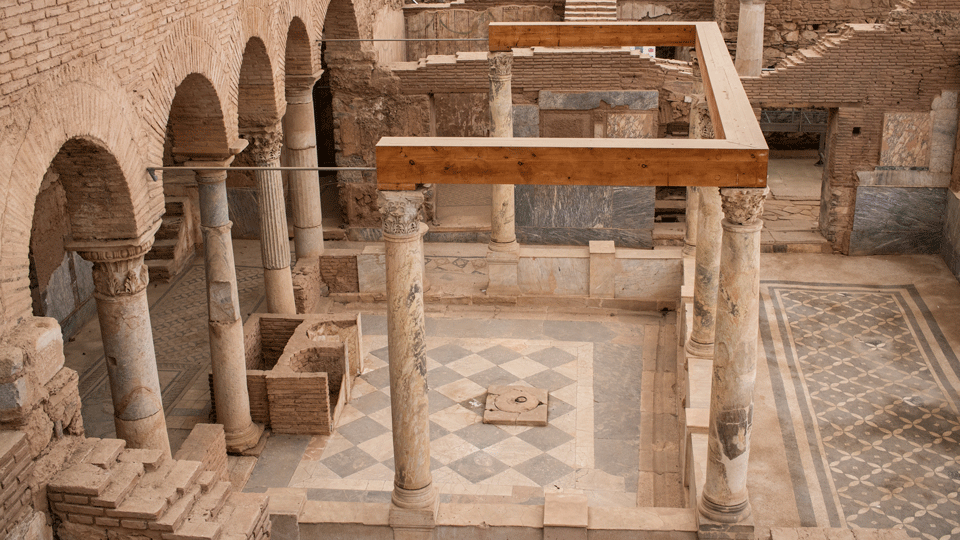
By 1000 BC, tiles were a worldwide phenomenon and both decorative and useful. The Assyrians, the Babylonians and the entire Islamic Empire were creating decorative tiles, adding glazes, pigments and adapting the tile shape.
Of course, it wasn’t long before the Greeks and the Romans (both superb at perfecting the art and science of building) made it their own.
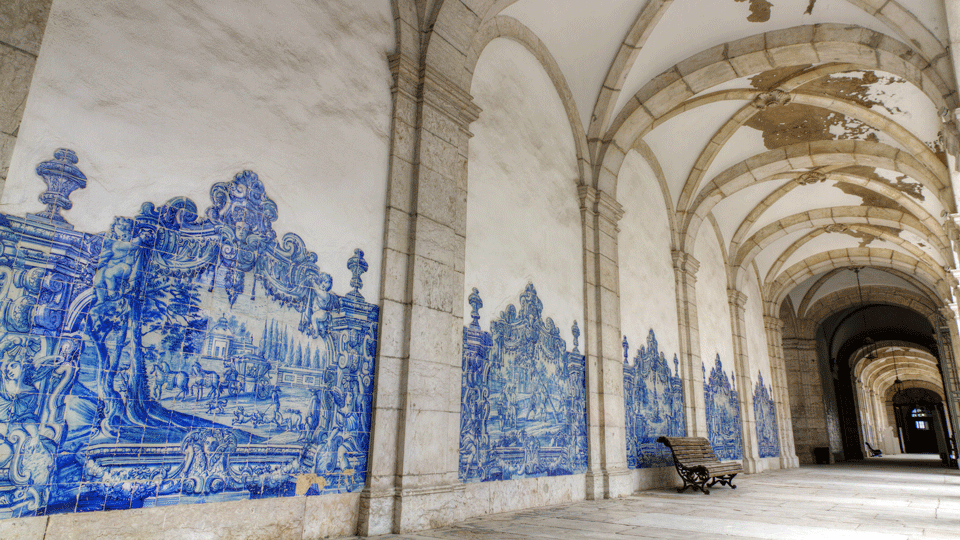
China got in on the game very early, with their own exquisite spin. A fine white clay called kaolin enabled the crafters of the very culturally aware Tang Dynasty (around 900 AD) to develop porcelain. Their work was of such startling beauty, that, a century or two later, the adventurous Marco Polo nicked more than a few bits and pieces to introduce to the other side of the world.
Tiles started popping up in Tunisia by the 9th century and in Iran around the 11th century; many middle eastern mosques were bedecked with mosaic work and tiles bearing colourful relief work and Koranic script.
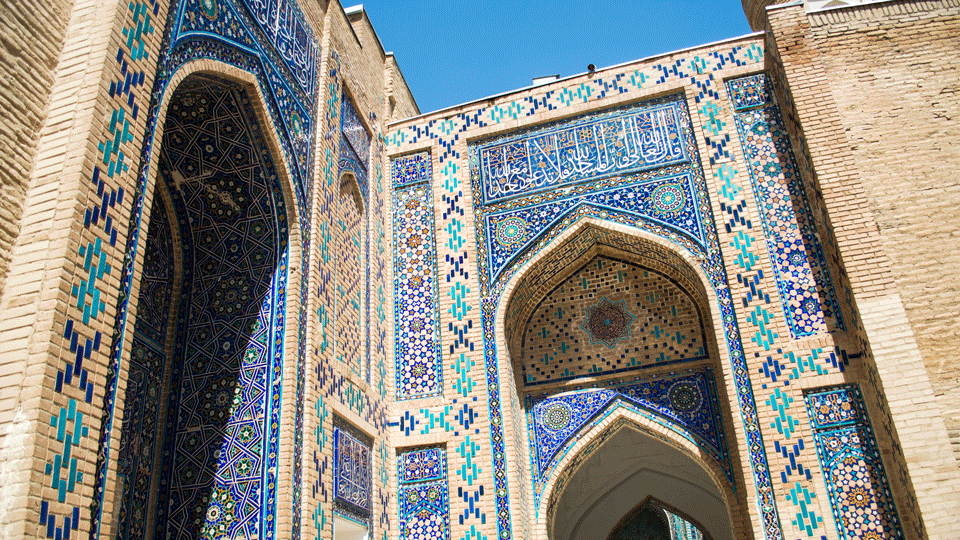
From the 13th and 14th centuries on, thanks to the jaw-droppingly wealthy Holy Roman Empire, Europe’s churches were awash and aglitter with decorative tiles and intricate mosaics. Britain had already jumped on the bandwagon, with elite religious establishments tricked out in outrageously expensive, handmade, glazed tiles.
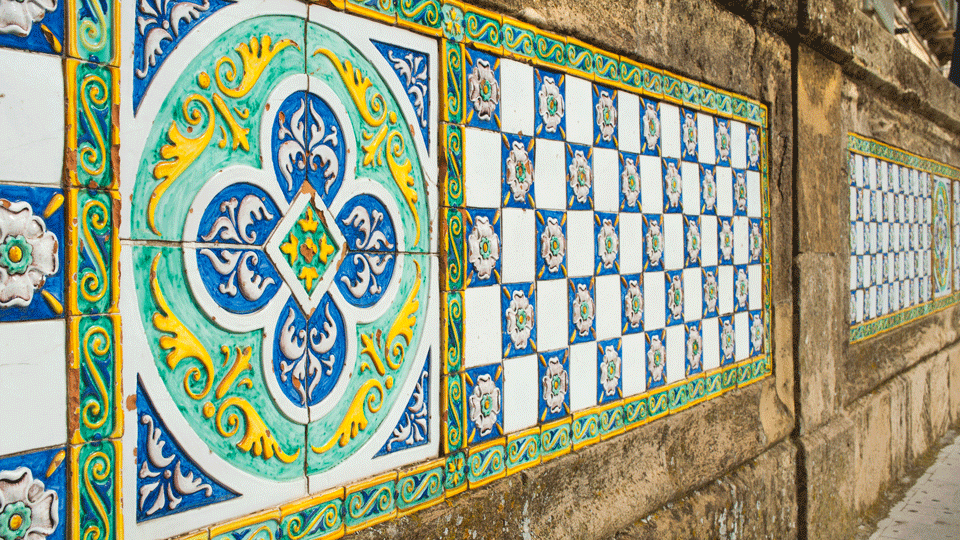
Hop across to the exotic Moorish lands around the 16th century in ancient Morocco and you would have seen the spectacular work of Moorish craftspeople in the field of ceramic tiles. The same work spread to Spain, onto the walls and floors and ceilings of great Moorish palaces, like the mighty Alhambra Palace in Granada.
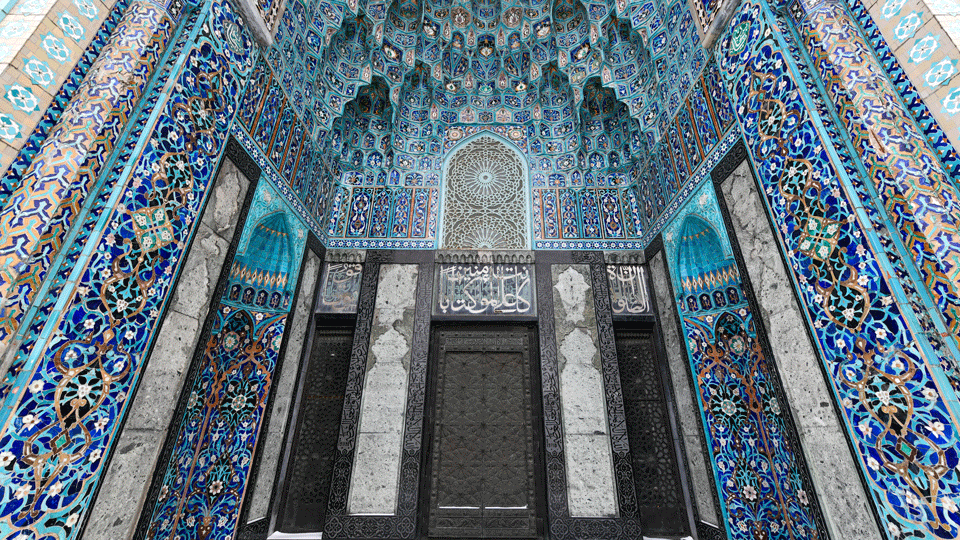
Those same tiles, called Zellige, are still being made today, an art passed down from generation to generation. Each colour, shape and pattern had a specific meaning and deep spiritual symbolism and once complete, an installation spelt out a story that would feed the onlooker’s soul. Fascinating factoid: the clay for these tiles was originally sourced from the town of Fez in Morocco, moulded into a unique shape which created an undulating surface rather like the ripples on a pond.
Jump back across the sea to Holland in the 17th and 18th centuries where you would have found a unique blue and white tile industry called Delftware – still produced today.
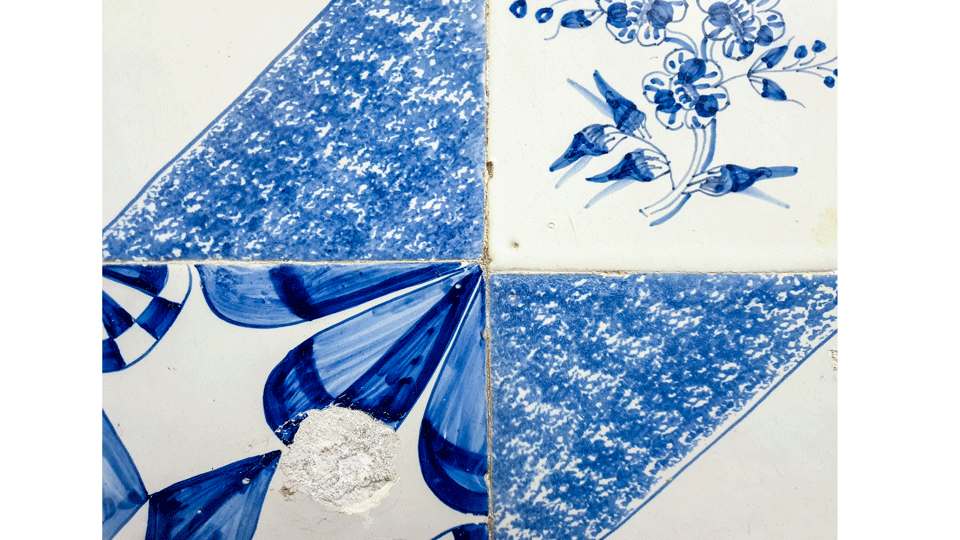
Spain and Italy, meanwhile, got busy inventing and perfecting an astonishing tin glaze (a thick metal oxide enamel colour) for their decorative and lively Majolica tiles. These highly coloured tiles are still the poster kids for authentic La Med living.
Cross the channel to England in the 19th century – with the Industrial Revolution – and you would have been awed by the mass-production of tiles for ... well ... the masses. America mirrored this industrialisation. No longer an elite surface, tiles found themselves in subway stations, hospitals, bathrooms and kitchens. These were the early days of The Subway Tile, still in demand to this day, and still on-trend, in a hundred different colours and sizes.
Mexico was also doing its thing with the development of vernacular tiles which they called Saltillo (terracotta) and Talavera (hand painted, with a base of local volcanic earth), to create flamboyant decorative accents inside and outside their adobe homes.
While the multiplicity of cultural styles created beautiful differentiation in tiles, the materials used were basically all the same. Local clay + water + fire = beautifully durable tiles. Mass manufacture enabled the democratisation of tiles, so that every home could have some and every homeowner could develop a personal style. The exclusive domain of Kings and Popes became available to everyone. A remarkable building material that’s useful, durable, affordable, versatile and beautiful. And that’s just how we like it.
The technologically advanced and sustainable porcelain and ceramic tiles you see in the aisles of our showrooms and on the pages of our webstore all carry a little of the DNA of their tile ancestors. They may be the product of mind-blowing digital technology, with gorgeous surfaces, from matt, to lappato, to high gloss polishes; but at heart, they are the result of the love affair between clay and fire.
The story of tiles will never end, because there are new chapters every year. We can’t wait to uncover them and reveal them to you.
Live Beautifully. Live Knowing.
Ciao.













































































































































































































































































Validate your login